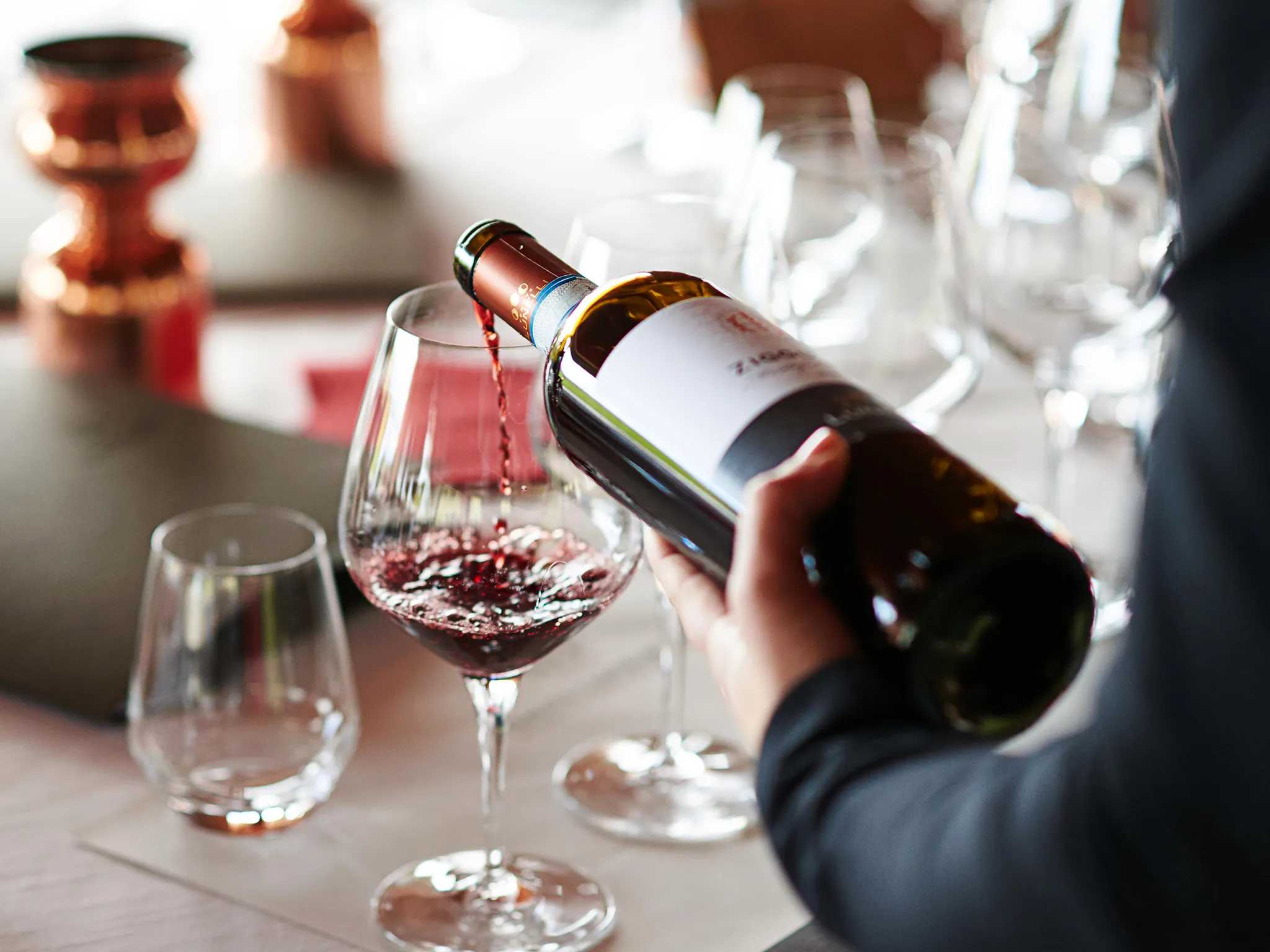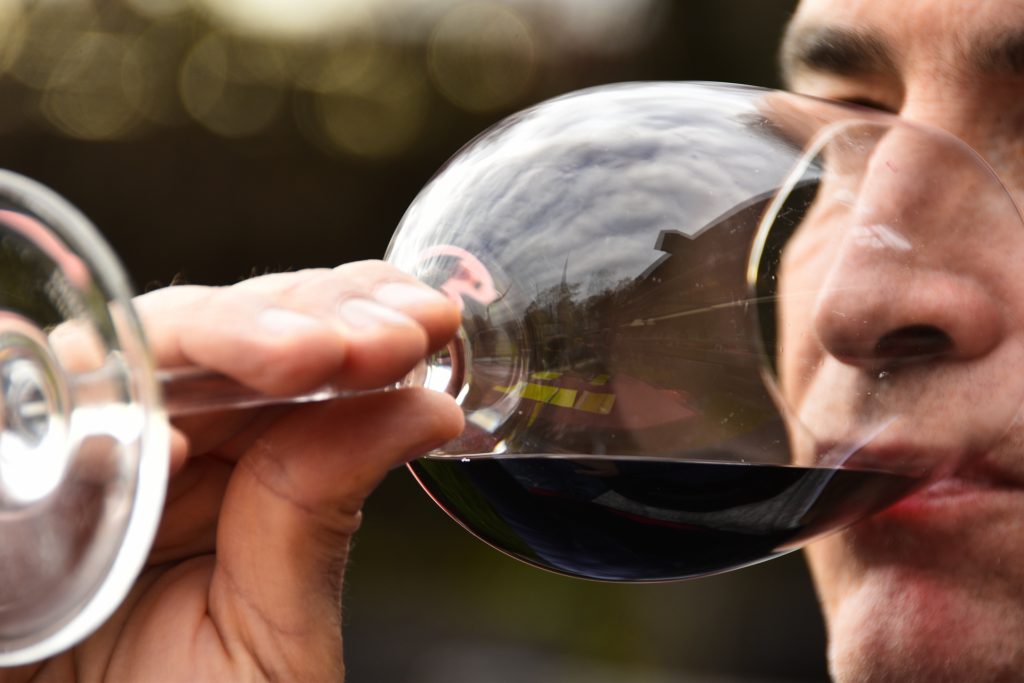Wine tasting is far more than simply drinking—it’s an analytical art form that engages all your senses to unlock the complex stories hidden within each bottle. Whether you’re a casual wine enthusiast or an aspiring sommelier, learning professional tasting techniques will dramatically enhance your appreciation and understanding of wine. The difference between drinking and tasting lies in mindful attention to detail, systematic evaluation, and developing your palate through practice.
Professional sommeliers use deductive tasting methods to identify grape varieties, regions, and vintages through flavor and aroma alone. By mastering these fundamental techniques, you’ll transform every wine experience from a simple beverage into a fascinating exploration of terroir, craftsmanship, and sensory discovery that deepens your connection to this ancient art.
The Five S’s: Your Foundation for Professional Wine Tasting
Professional wine evaluation follows a systematic approach known as the Five S’s: See, Swirl, Sniff, Sip, and Savor. This methodology ensures comprehensive analysis while priming your senses for maximum perception.
See involves visual inspection that reveals crucial information about the wine’s character. Hold your glass at a 45-degree angle against a white background to examine color, clarity, and intensity. Red wines range from purple (young) to garnet and brown (aged), while whites progress from pale straw to deep gold. The meniscus—the wine’s edge—provides clues about age and grape variety.
Swirl releases aromatic compounds into the air, making them accessible to your nose. Observe the legs or tears that form on the glass sides—thicker, slower-moving legs indicate higher alcohol content, often suggesting warmer climate origins.
Mastering the Aromatic Analysis

Sniff represents the most critical phase of professional tasting, as aroma provides 80% of what we perceive as flavor. Take deep inhalations at different depths within the glass—floral and fruity notes concentrate at the rim, while richer, earthier aromas settle deeper.
Use the small to large method: start with broad categories like fruit or spice, then narrow down to specifics such as blackberry or cinnamon. Common white wine aromas include citrus, apple, floral, and mineral notes, while reds typically showcase berry, spice, chocolate, and earthy tones. Don’t hesitate to write down two initial impressions—this practice builds confidence and recognition skills.
The Tasting Technique: Sip and Evaluate
Sip involves taking a small amount of wine and letting it coat your entire palate. Professional tasters often aerate the wine by gently slurping air through pursed lips, which releases additional flavors and aromas. This technique may seem awkward initially, but it significantly enhances perception.
Focus on the wine’s structure: sweetness (detected by tongue tip), acidity (creates mouth-watering sensation), tannins (cause drying feeling), and body (light to full). Notice how flavors evolve from initial contact through the finish, paying attention to balance and harmony among components.
Savor and Reflect: Completing the Professional Assessment
Savor involves reflecting on the complete tasting experience. Consider the wine’s balance—are sweet, sour, and bitter elements in harmony? Evaluate complexity, evolution, and completeness while noting which flavors linger after swallowing.
Professional tasters assess whether they would enjoy this wine in different settings—perhaps outdoors during summer or by a fireplace in winter. This contextual thinking helps develop personal preferences while maintaining analytical objectivity.
Environmental factors significantly impact wine evaluation. Ensure proper lighting for visual assessment, use appropriate glassware with thin rims and inward-curving bowls, and maintain correct serving temperatures: 45-52°F for whites and rosés, 55-65°F for reds.
Eliminate distracting odors from cooking, perfume, or pets, and choose quiet spaces that allow concentration. Keep a wine journal to track preferences and build tasting memory—this practice accelerates skill development and helps identify personal taste patterns.


